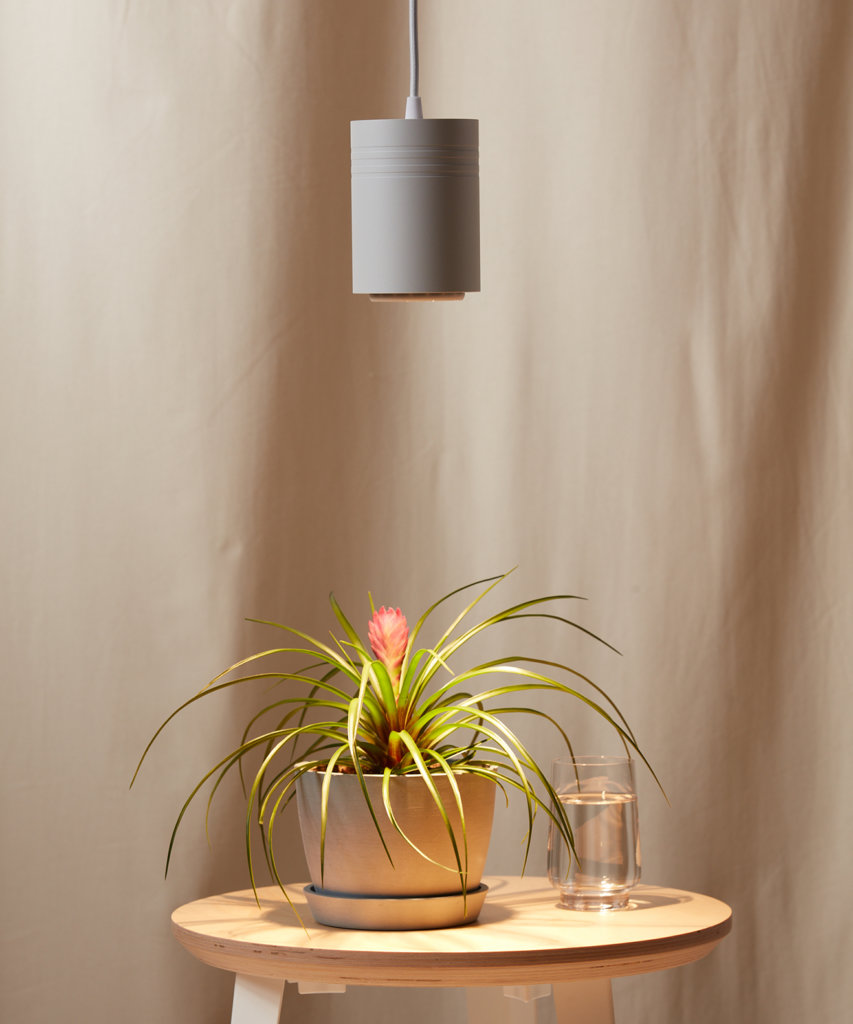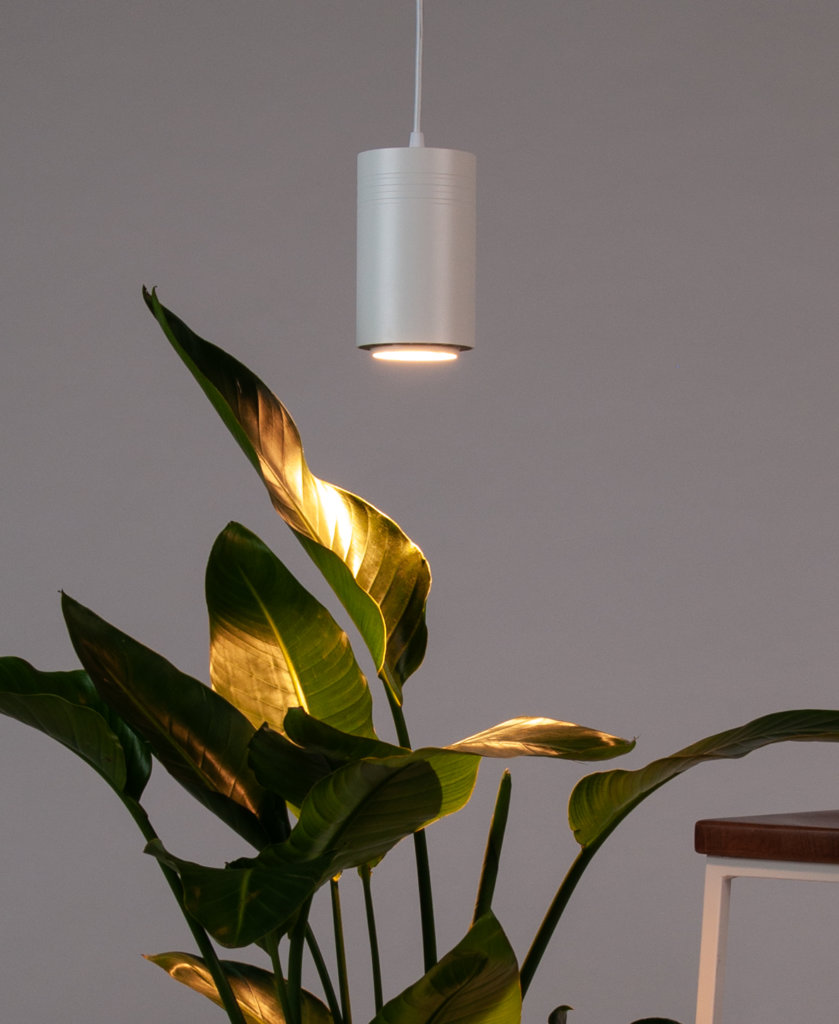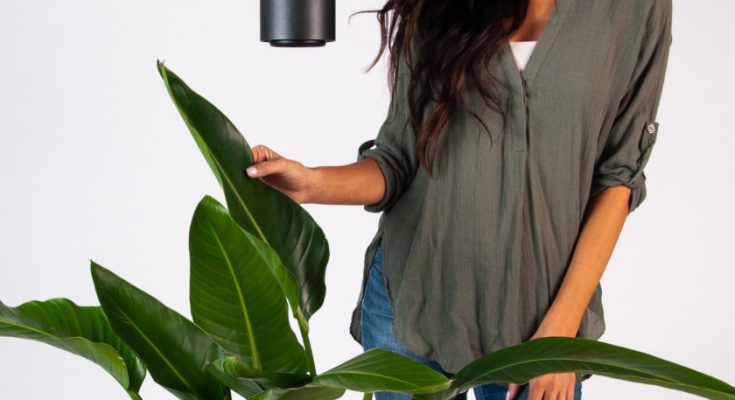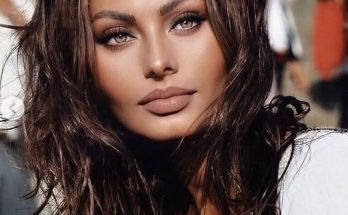When you become a plant parent, you stock up on the essentials: a watering can, pruning snips, a hand trowel, and perhaps a mister or extra potting soil. But a little-known accessory can actually extend the life of your plants tenfold and help them thrive indoors if they need extra bright light, or if you have them in a spot where the lighting isn’t so great.
Meet the humble grow light. This under-utilized gadget allows you to create the perfect lighting conditions for your plant babies—it’s perfect for those that lack a lot of natural light, or for those dark and windowless rooms. By employing a specific photosynthetic light that is scientifically proven to support plant health, our grow lights can help your plants thrive in any lighting environment.
Simply put, grow lights use a specific spectrum of light that mimics the light of the sun. Plant cells absorb the light, convert it into energy, and store it as sugar—a process known as photosynthesis. The plant then uses this energy to grow and give off oxygen. Our grow lights contain LED bulbs, which are the best option for both your plants and the environment—they’re extremely energy-efficient, enhance photosynthesis, and last five times longer than fluorescent bulbs. These grow lights also give off a pleasant white light instead of harsh fluorescent lighting, which makes it perfect for any room in your home.
Which plants need a grow light?

Grow lights can be an added benefit for all types of plants, including those classified as low-light tolerant like the ZZ Plant, all the way up to sun-loving plants like cacti and succulents. The more light a plant receives, the more they’re able to put extra energy into producing lush new growth. To that end, if you live in an area that experiences extreme seasons, a grow light is essential for dim winter months where days are short and even peak afternoon sunlight isn’t very bright.
How to tell if your plant is begging for more light
There are a few telltale signs your plant is itching to soak up more light:
- Your plant becomes “leggy” with long, spindly stems and fewer leaves
- New leaves emerge smaller than others
- Growth slows significantly or stops altogether
- The color becomes dull or the variegation patterns fade
- The soil seems to take forever to dry out
The first clue is a definite sign of low light, and if you notice a combination of symptoms 2-5, it’s time to move your plant to a brighter spot or think about adding a grow light. If you’re unsure, reach out to our Grow-How Team of plant experts for advice!
Find Your Best Grow Light

Our large and small grow lights are extremely easy to use. All installation hardware is included with your purchase—these grow lights come with an Aspect LED light, a fabric cord, outlet timer, a three-pack of ceiling hooks, two wall fairleads, one swag hook, and a quick start guide.
To get started, simply find a spot you’d like to set up your grow light or add it to an existing green corner. Be sure to install your lights directly above your plants to mimic the sun—this will also ensure that your plants grow straight up. LED bulbs give off less heat than fluorescent and incandescent lights, so you can hang your grow lights as close to six inches from your sun-loving plants. The farther away the grow light is from the plant, the lower the intensity of light will be. You can keep a variety of different plants under one grow light, placing the sun-loving ones more directly underneath, with the shade-lovers around the sides of the glow.
Always keep a close eye on your plants for the first couple of weeks under a grow light. Adjust the distance between the light and plants if they’re getting too much light.
How can I tell if my plant is getting too much direct light?
Here are a few signs your grow light is placed too close to your plant:
- The leaves develop pale or bleached patches
- The leaves wilt or curl up, despite the soil having moisture
- The soil is drying out more quickly than you can water it
How long should my grow light be on?
As for timing, if you’re using grow lights in combination with natural lighting, aim to run your grow light for six to eight hours per day. If your plants relying on grow lights for the bulk of their light, leave the light on for 12-16 hours a day. You can set the timer on your grow light so it turns on and off automatically. You can also adjust this feature to account for seasonal changes, like increasing the time in the winter months.



